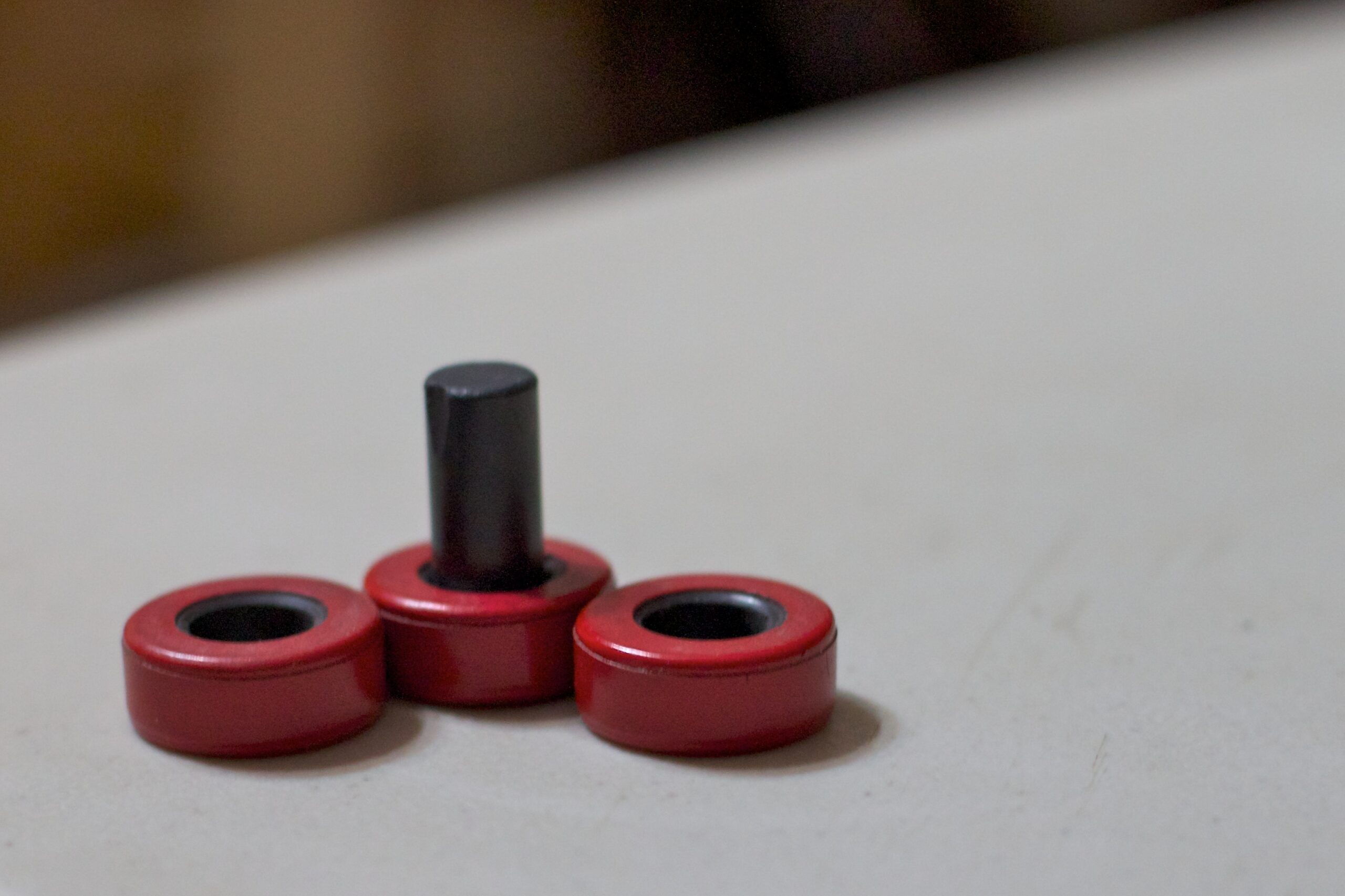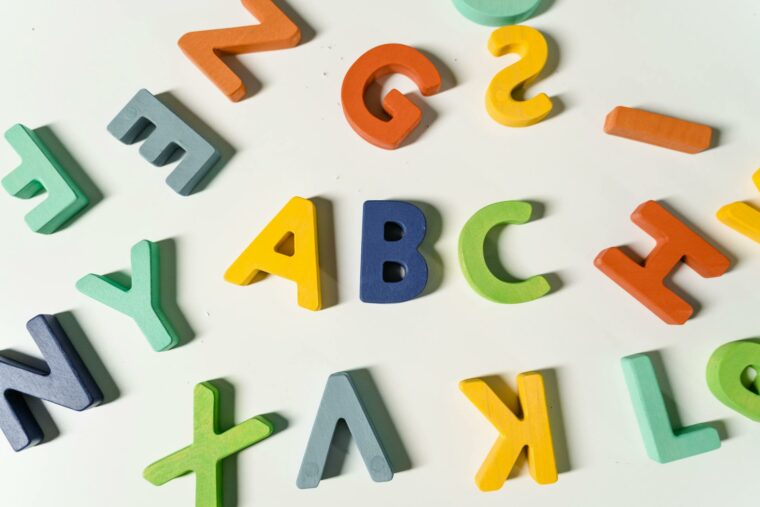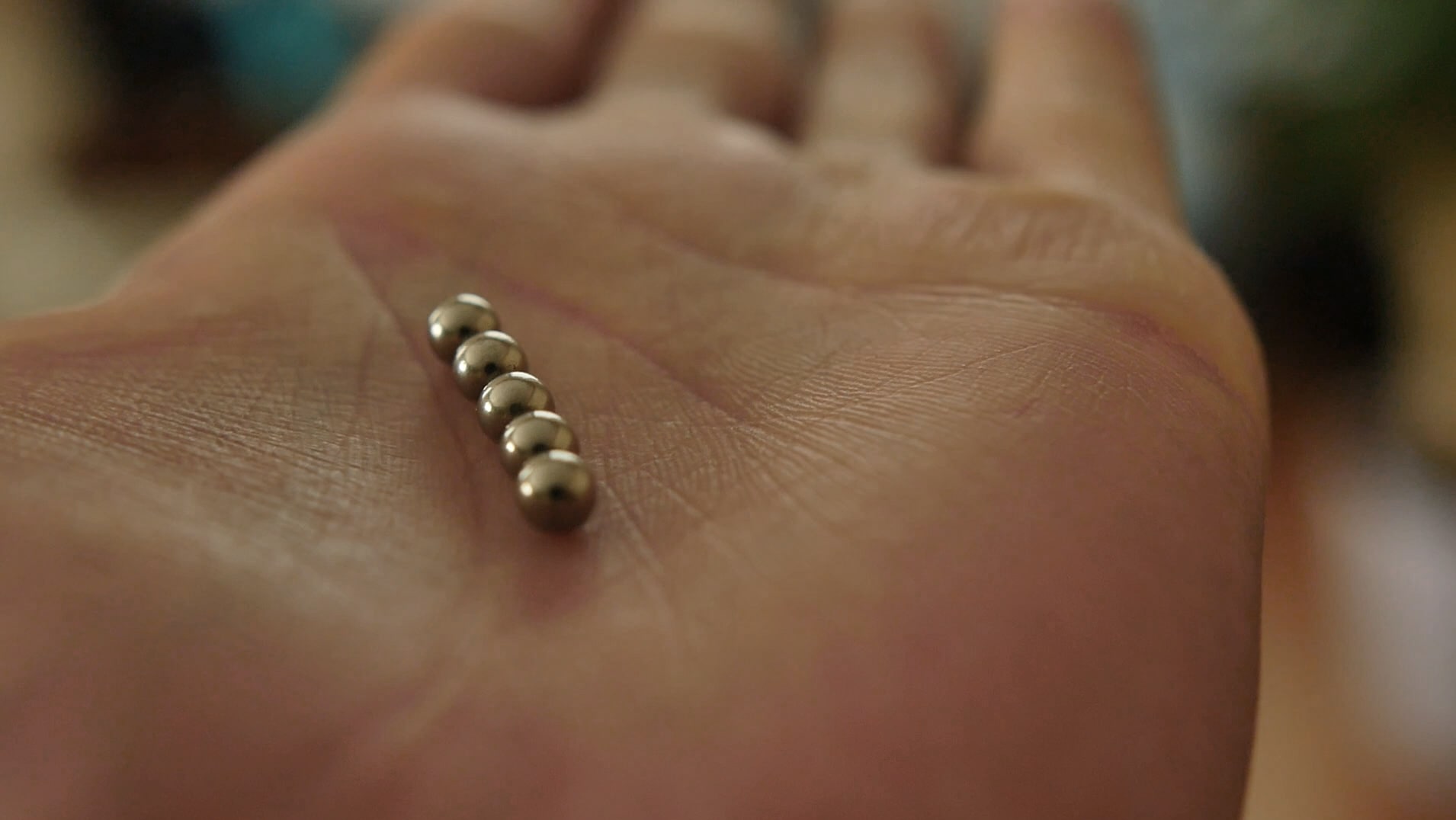- March 6, 2024
My Dog Ate a Magnet: Here’s What to Do (Vet Answer)



The information is current and up-to-date in accordance with the latest veterinarian research.
Dogs eat all sorts of things. Ask any vet about the objects dogs they’ve seen dogs ingest, and they’ll likely be able to give many funny, disgusting, and scary examples. But what about magnets? Should you be worried if you saw your dog eat a magnet?
Ingestion of one magnet is probably fine, but ingestion of two or more magnets can be very problematic. This article will explain why, as well as what can be done to fix this issue.

Ingestion of One Magnet
Thankfully, one magnet is unlikely to cause any issues. Most magnets are small enough to make their way through the gastrointestinal tract, and end up being excreted in the stool. Most newer magnets should not contain anything toxic or irritant.
Having said that, larger magnets pose a risk of getting lodged or stuck, either in the esophagus, stomach, or intestines. These obstructions should be taken very seriously. Additionally, some iron-containing magnets may also be very irritating to the lining of the bowels, causing vomiting, and diarrhea.
So, if your dog has eaten only one magnet, you shouldn’t be overly concerned. We recommend contacting your vet clinic to discuss the options, though it may be reasonable to monitor for any signs of illness.

Ingestion of Two or More Magnets
Ingestion of two or more magnets poses a major risk to dogs. Think of the small intestine as a long soft tubing that conveys food from the stomach to the colon. The loops of the bowel are all folded on each other irregularly so that they fit into the dog’s abdomen. A magnet from one portion of the bowel can attract a magnet elsewhere in the bowels, pulling these loops of intestines together. Each magnet will then be pressed with great force against the wall of the intestine in an effort to stay attached to the other magnet.
This leads to “pressure necrosis”—the death of bowel tissue due to constricted blood supply—and ultimately to perforation of the intestines. Food then escapes the bowels and causes infection in the abdomen, which is life-threatening.
Theoretically, if a dog ate two magnets at the same time, or in very close succession, the magnets could adhere to each other in the stomach. They may then pass through the intestines attached to each other, acting, in essence, as a single metal foreign body. However, it is hard to know where magnets are in the intestines. The bottom line: if you suspect that your dog ate two magnets, urgent veterinary attention is warranted.
What Signs Should I Be Watching For?
Dogs that have eaten one magnet may show no signs of ill health at all. Your homework in this case is to check each and every one of your dog’s stools to ensure the magnet is passed. However, dogs that have eaten two magnets, with subsequent intestinal perforation, or dogs that have a magnet lodged in their intestines, may show the following signs:
- Lethargy
- Loss of appetite
- Abdominal pain
- Vomiting
- Diarrhea

What About If I’m Uncertain About the Magnet Ingestion?
If you suspect that your dog has eaten a magnet, but can’t be sure, you should certainly contact your veterinarian. X-rays are generally a good way of confirming a possible magnet ingestion. Magnets (and all metals) are very radiopaque, meaning they show up on an X-ray as bright white objects that can generally be distinguished from the rest of the soft tissue structures in the abdomen.
My Dog Ate a Magnet – What Are the Options?
If you witnessed your dog eat a magnet, or if magnet ingestion has been confirmed on X-ray, there are three main options:
- Watch and wait.This is a reasonable option if it is only one (small) magnet, and your dog is showing no signs of malaise.
- Induce vomiting.Vets are able to give medication to make a dog vomit, which is a good way of getting the magnet out of their system. This is only possible in the first few hours after ingestion, while it is still in their stomach.
- Surgical retrieval.This can be done either with an endoscope (a device with a camera and forceps) or via exploratory surgery into the abdomen. Both methods require a general anesthetic.

Conclusion
Magnets are great on your fridge, but not in your dog’s stomach. While one magnet may pass through the digestive tract with no issues, two or more magnets are reason to be concerned. This is because they can attract each other from different loops of the bowel, ultimately leading to perforation of the intestines.
If you have any suspicion that your dog has eaten a magnet, or if your dog is showing any signs of being unwell, do not hesitate to contact your veterinarian.
Featured Image Credit: JumpStory
Tags
What do you think?
Related Articles

New Puppy Checklist: Gear You’ll Need for Your New Dog
Getting a new puppy is really exciting, but before you welcome them home, it’s important to prepare your space for them. Since puppies need a

How Big Do Mini Poodles Get? Vet Reviewed Average Weight & Growth Chart – Dogster
The information is current and up-to-date in accordance with the latest veterinarian research. Learn more » When you buy a Miniature Poodle, you might not

Can Police Dogs Smell Nicotine? Vet Verified Facts & Info – Dogster
The information is current and up-to-date in accordance with the latest veterinarian research. Learn more » While cigarette sales have been declining steadily for decades,

How Old Is 5 in Dog Years? Vet-Approved Guide to Each Size of Dog – Dogster
The information is current and up-to-date in accordance with the latest veterinarian research. Learn more » A common method for calculating a dog’s age is

